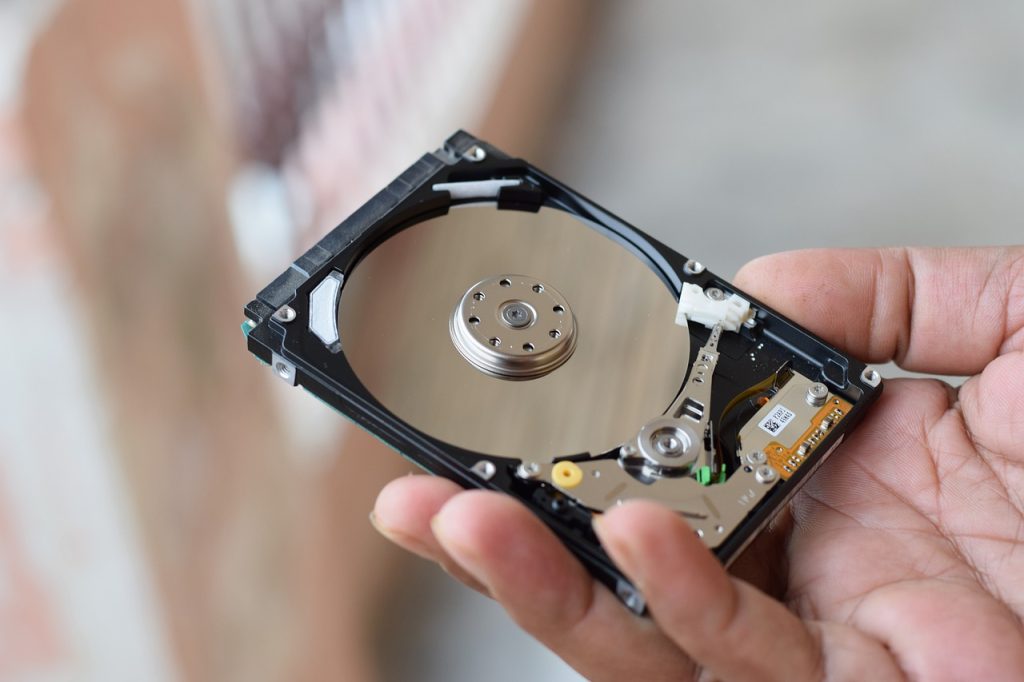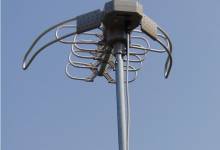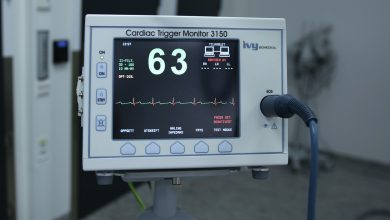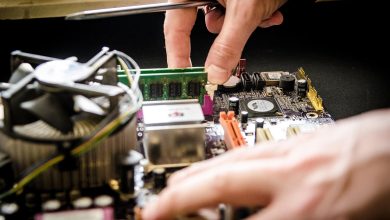The Request Failed Due to a Fatal Device Hardware Error

Encountering an error message like “the request failed due to a fatal device hardware error” can be frustrating and concerning, especially if you are unsure about the cause and potential solutions. This error typically indicates a critical hardware issue that affects the proper functioning of a device, often leading to system instability or failure. In this comprehensive guide, we will explore the possible reasons behind this error, its implications, and steps to troubleshoot and resolve it.
Understanding the Error Message
When you come across the error message “the request failed due to a fatal device hardware error,” it usually signifies a serious malfunction related to the hardware components of the affected device. The error message can appear on various platforms, including Windows-based systems, and is commonly associated with issues pertaining to hard disk drives, solid-state drives, graphics cards, and other critical hardware elements.
Possible Causes of the Error
Several factors can contribute to the occurrence of a fatal device hardware error. One common cause is a malfunctioning or failing storage device, such as a hard drive or SSD. This can result from physical damage, manufacturing defects, or wear and tear over time. Additionally, issues with the device’s interface, drivers, or firmware can lead to the error message.
Moreover, overheating of hardware components, inadequate power supply, incompatible or outdated device drivers, and software conflicts can all play a role in triggering this error. It’s important to consider recent changes to the system, such as hardware upgrades or driver installations, as they may have introduced instability that manifests as a fatal hardware error.
Implications and Risks
Experiencing a fatal device hardware error can have severe ramifications for the affected device and the data it contains. If the error pertains to a storage device, there is a risk of data loss or corruption, which can be particularly distressing if the affected device stores critical information or irreplaceable files. Furthermore, a hardware error may lead to system crashes, freezes, or an inability to boot, rendering the device unusable until the underlying issue is addressed.
Troubleshooting and Resolving the Error
When confronted with the “the request failed due to a fatal device hardware error,” it is essential to take a systematic approach to identify and rectify the root cause. Begin by checking the connections and cables associated with the affected hardware, ensuring that they are securely in place and undamaged. For internal components, such as hard drives and RAM modules, consider reseating them in their respective slots to establish a proper connection.
Next, examine the system’s event logs for any relevant error codes or messages that can provide insight into the nature of the hardware issue. Running diagnostic tests, such as built-in hardware diagnostics or third-party utilities, can help pinpoint specific hardware faults. These tests can assess the health and functionality of storage devices, memory modules, and other critical components, aiding in the identification of potential hardware failures.
Update Device Drivers and Firmware
Outdated or corrupt device drivers and firmware can contribute to hardware-related errors. To mitigate this, ensure that all device drivers and firmware are up to date. Visit the official website of the hardware manufacturer or utilize built-in update utilities to obtain the latest drivers and firmware for the affected components.
Addressing Overheating and Power Supply Issues
Overheating can significantly impact the stability and performance of hardware components. Verify that the device is adequately ventilated and free of dust and debris that can impede airflow. Additionally, consider monitoring the device’s temperatures using software utilities and, if necessary, improve cooling through the addition of fans or other cooling solutions.
Furthermore, power supply irregularities can lead to hardware errors. Ensure that the device is connected to a stable power source and consider utilizing a high-quality power supply unit to minimize the risk of power-related issues.
Backup Data and Consider Hardware Replacement
Given the severity of a fatal device hardware error, it is crucial to prioritize data backup to safeguard against potential data loss. If the error is recurrent and persists despite troubleshooting efforts, it may be indicative of irreparable hardware damage. In such cases, consider seeking professional assistance or replacing the affected hardware component to restore the device’s functionality.
Professional Assessment and Support
If you encounter persistent hardware errors despite your troubleshooting endeavors, seeking assistance from qualified professionals can provide valuable insights and solutions. Professional technicians and support services can conduct in-depth diagnostics, identify underlying hardware issues, and offer recommendations for repair or replacement. Additionally, they can assist in data recovery efforts if the error has resulted in data loss.
Conclusion
Encountering the error message “the request failed due to a fatal device hardware error” necessitates a thorough and methodical approach to diagnosis and resolution. By understanding the potential causes, implications, and troubleshooting steps associated with this error, you can effectively address hardware-related issues and restore the stability and functionality of your devices. Prioritizing proactive maintenance, regular backups, and seeking professional assistance when needed can contribute to a resilient and reliable computing environment.







